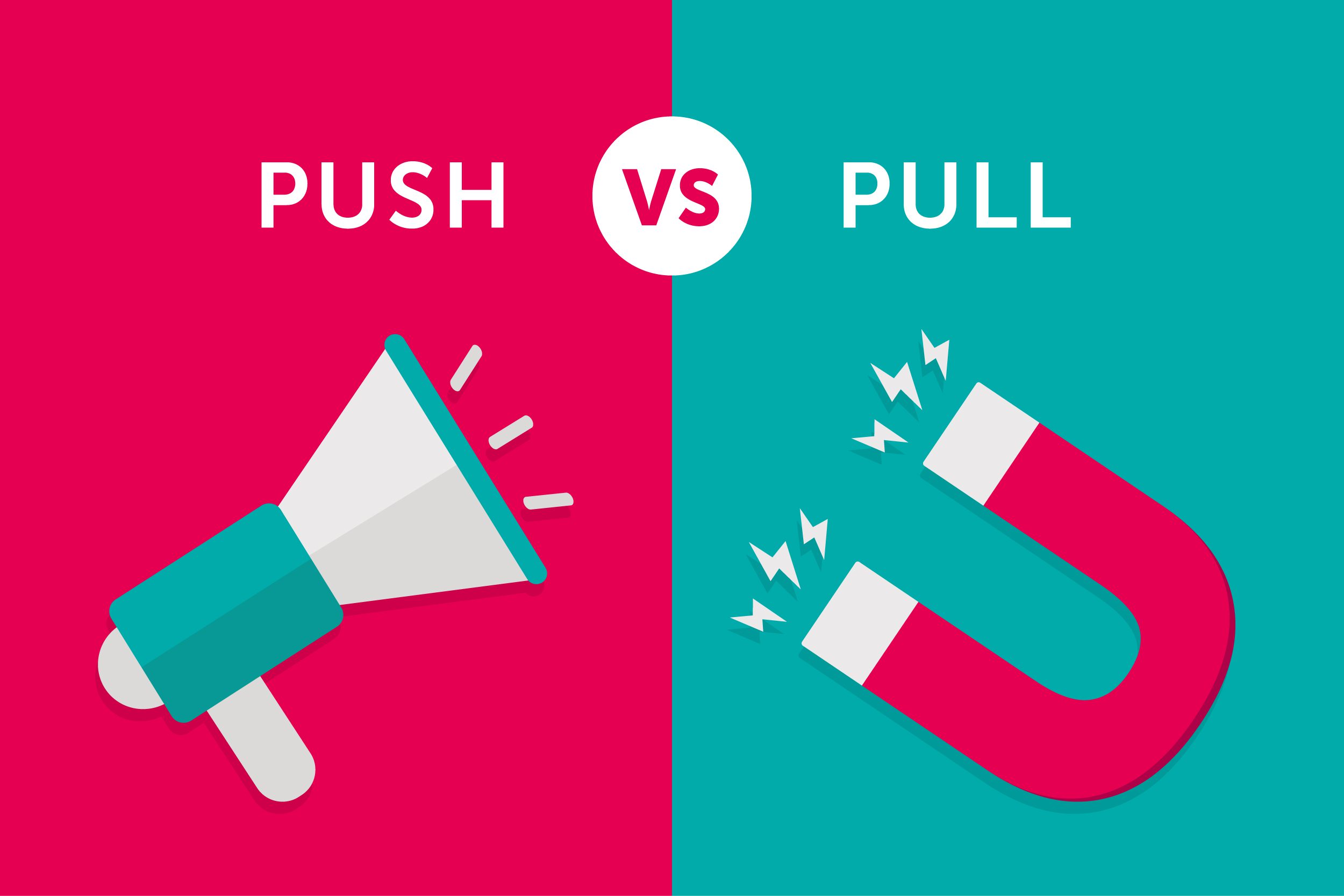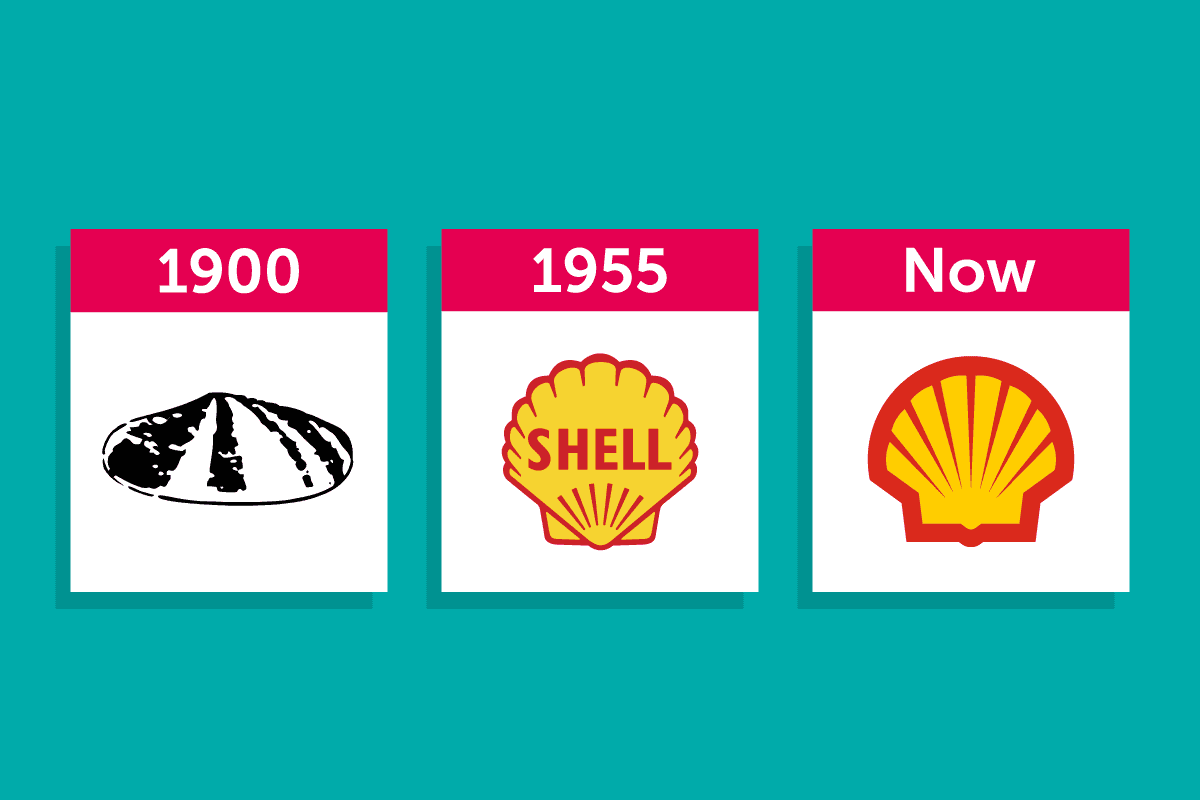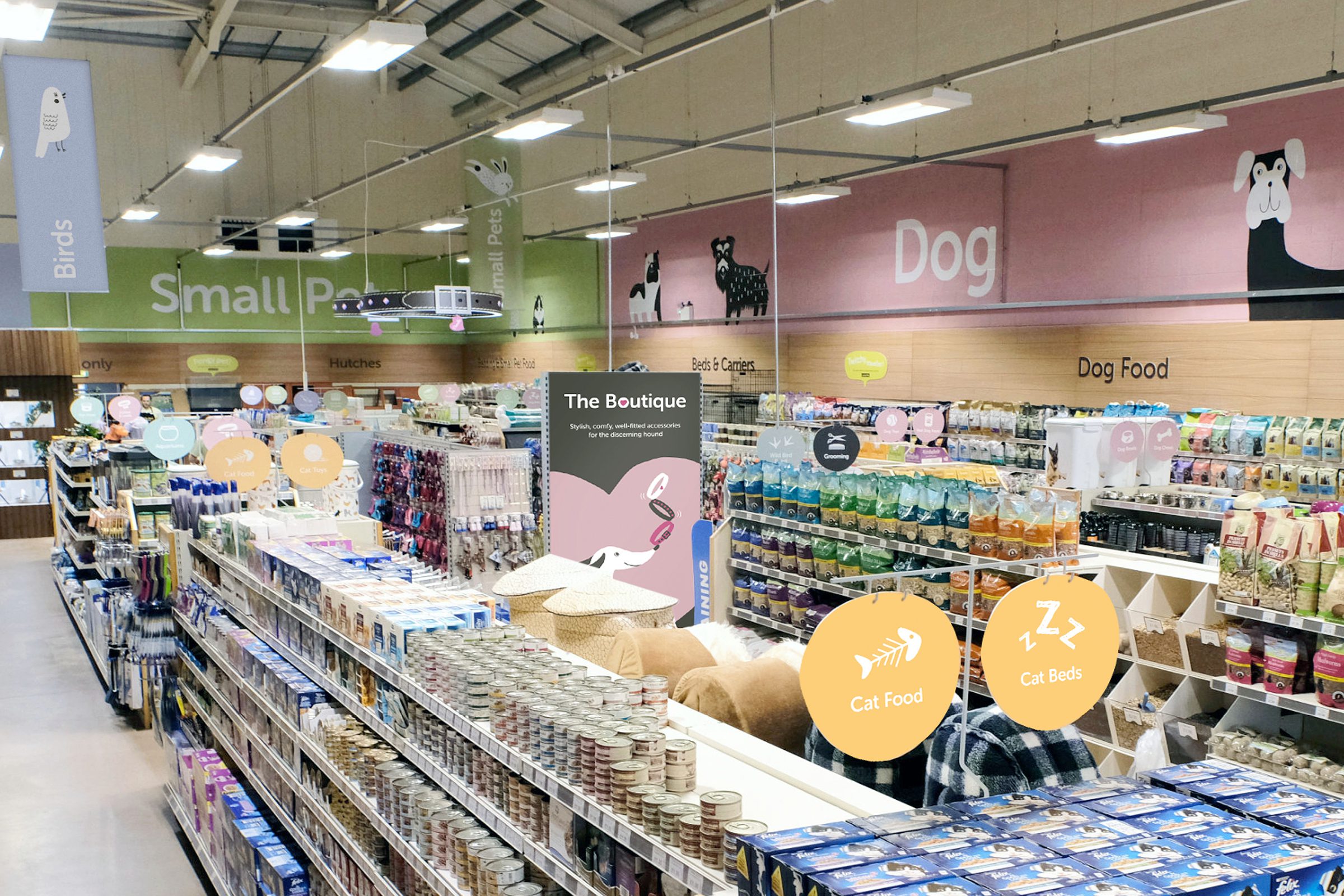
Push vs pull marketing: Understanding the difference and how to use them effectively

However large or small your business, you’ll know the importance of creating a sound marketing strategy to attract customers and build your brand. There are many different types of marketing strategies, some of which will be more suitable for your goals than others. In this article, we’re going to look at push and pull marketing, explaining the differences between the two and how to choose the right one to meet your goals.
What’s the difference between push and pull marketing?
Most marketing activities can be split into either push or pull. The difference between push and pull marketing is whether you’re bringing your products and services to your customers (push), or whether you’re encouraging them to be drawn naturally towards your brand (pull).
What is a push marketing strategy?
The goal of a push marketing strategy is to ‘push’ your products and services to your chosen audience. It’s a form of direct marketing that comprises most general forms of paid advertising. Push marketing tends to rely on exposure, getting your products and services seen at the point of purchase where you can make a sale quickly.
Push marketing examples
Examples of push marketing include:
PPC advertising
Billboards
TV adverts
Cold calling
Direct mail
Point-of-sale promotions
When should you use a push marketing strategy?
Because it’s a more proactive approach, a push marketing strategy is ideal when you only have a short period of time in which to act, if you want to draw attention to an unknown brand or product, or if you need to generate sales quickly.
Push marketing helps to:
Launch a new business without an existing reputation
Promote the release of new products and services
Improve brand awareness where competition is strong
Generate sales and cash flow quickly
Clear out old product stock
Capitalise on seasonal events
What is a pull marketing strategy?
The goal of a pull marketing strategy is to ‘pull’ your customers in and draw them to your products and services. It’s a much less direct method of getting people to make a purchase but helps to build your brand in the long term. Pull marketing relies on your brand’s uniqueness and is vital for those in heavily saturated markets where consumers are overwhelmed by choice.
Pull marketing examples
Examples of pull marketing include:
SEO
Social media
Influencer marketing
Word of mouth
Online reviews and testimonials
Opt-in email marketing
When should you use a pull marketing strategy?
A pull marketing strategy is a good choice for building customer loyalty, creating a meaningful relationship built on trust, and developing brand authority within your sector. It requires time and patience, but will form a strong, lasting foundation for your brand.
Pull marketing helps to:
Grow your business in the long term
Target consumers at the top of the sales funnel
Encourage customer engagement
Increase traffic to your website
Create repeat customers
Boost sales without a large advertising budget
Push vs pull marketing: Which one is right for me?
It’s worth remembering that the differences between push and pull marketing mean that they are suitable for different campaigns or business goals. They also complement each other well, and should be used in tandem for a more effective overall marketing strategy. When planning your marketing, consider the following.
Marketing goal
The results of push marketing are much more easily quantified and reported on. This type of strategy will help to increase sales in a short period of time, while pull marketing is more focused on long-term growth and less tangible metrics.
What you’re selling
Push marketing is more effective for products and services that consumers already know they want, where there will be little comparison shopping. Pull marketing is better for unique offerings that may require more explanation, and creating demand where there wasn’t any.
Timeframe
If you need fast results, push marketing is the way to go, putting products and services in front of an already interested audience to help you make sales quickly. Pull marketing takes much longer to make its mark, but tends to yield sturdy, more meaningful results.
Give your marketing the push (or pull) it needs
If you’re looking for support with your push or pull marketing strategy, speak to the marketing experts at m360. We can show you examples of push and pull marketing strategies that have helped our clients to reach new audiences and meet their sales goals.
Whether you’d like to launch an SEO campaign to target a new audience or you’re considering direct marketing to re-engage your existing customers, get in touch and we’ll be happy to help.





